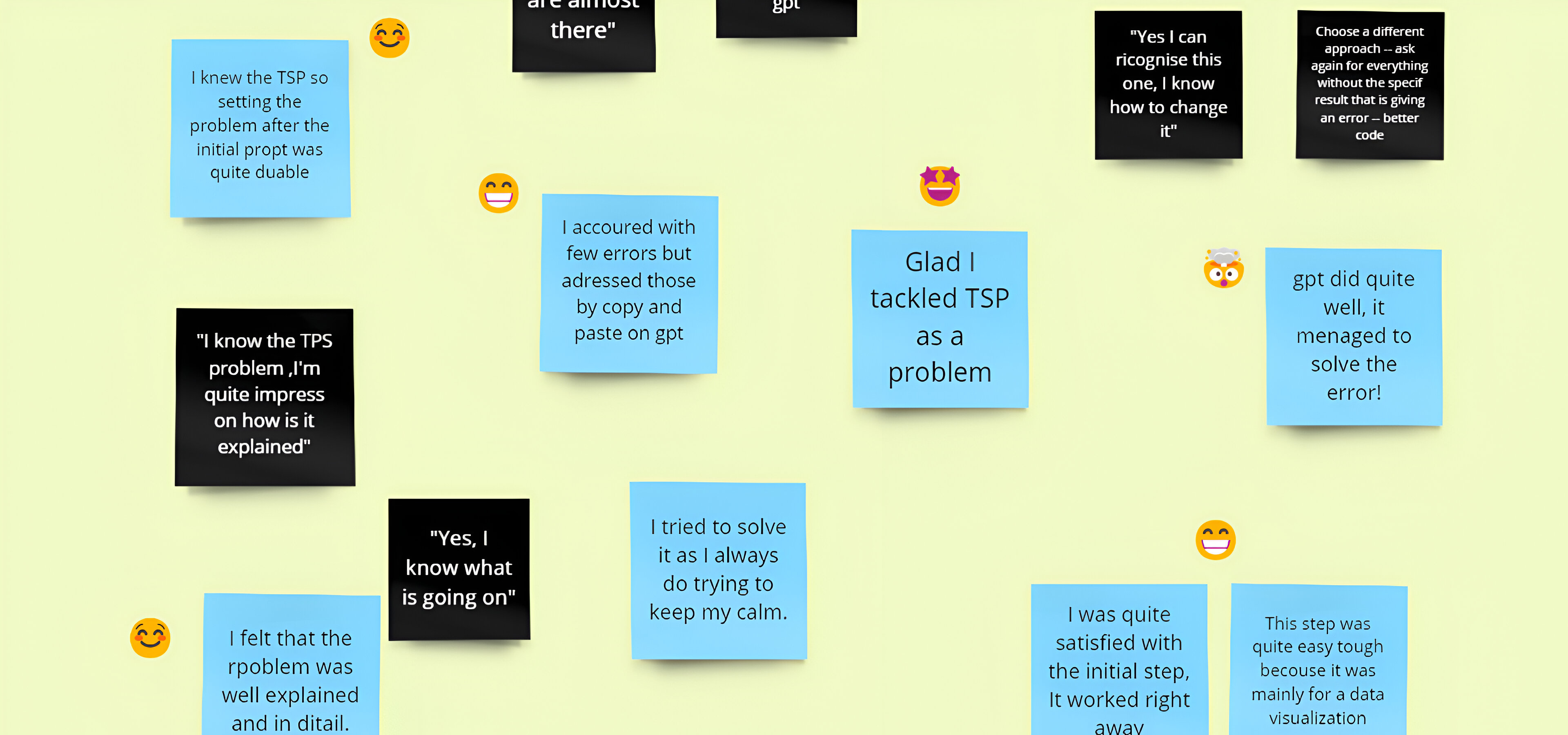How might chatGPT improve the accessibility of quantum computing?
Why is quantum computing so complex? Can AI make it accessible to all? This research explores how ChatGPT, specifically the fine-tuned Quantum Buddy 2.0, can bridge the gap between quantum computing and non-experts. Through benchmark tasks, the study demonstrates how AI enables users to tackle quantum encryption problems and simplifies programming. Results show that ChatGPT can help novices learn, assist coders in understanding quantum mechanics, and enhance expert efficiency. While challenges remain, this research lays the foundation for a future where AI democratizes quantum computing, making it a tool for everyone.


Quantum computing remains inaccessible due to its complexity, creating a gap between enthusiasts and understanding. LLMs like ChatGPT can bridge this gap by enhancing accessibility. To explore this, a human-centered design approach was used to evaluate how users leverage ChatGPT for coding with the IBM Quantum Computing simulator.




One-on-one sessions were conducted to directly assess user feelings, supplementing the user journey—first completed independently—with additional insights from session notes.

An experimental approach was used in the workshop with designers, where creative coding served as a bridge between creativity and programming, later translating these skills into pattern creation with the quantum simulator.
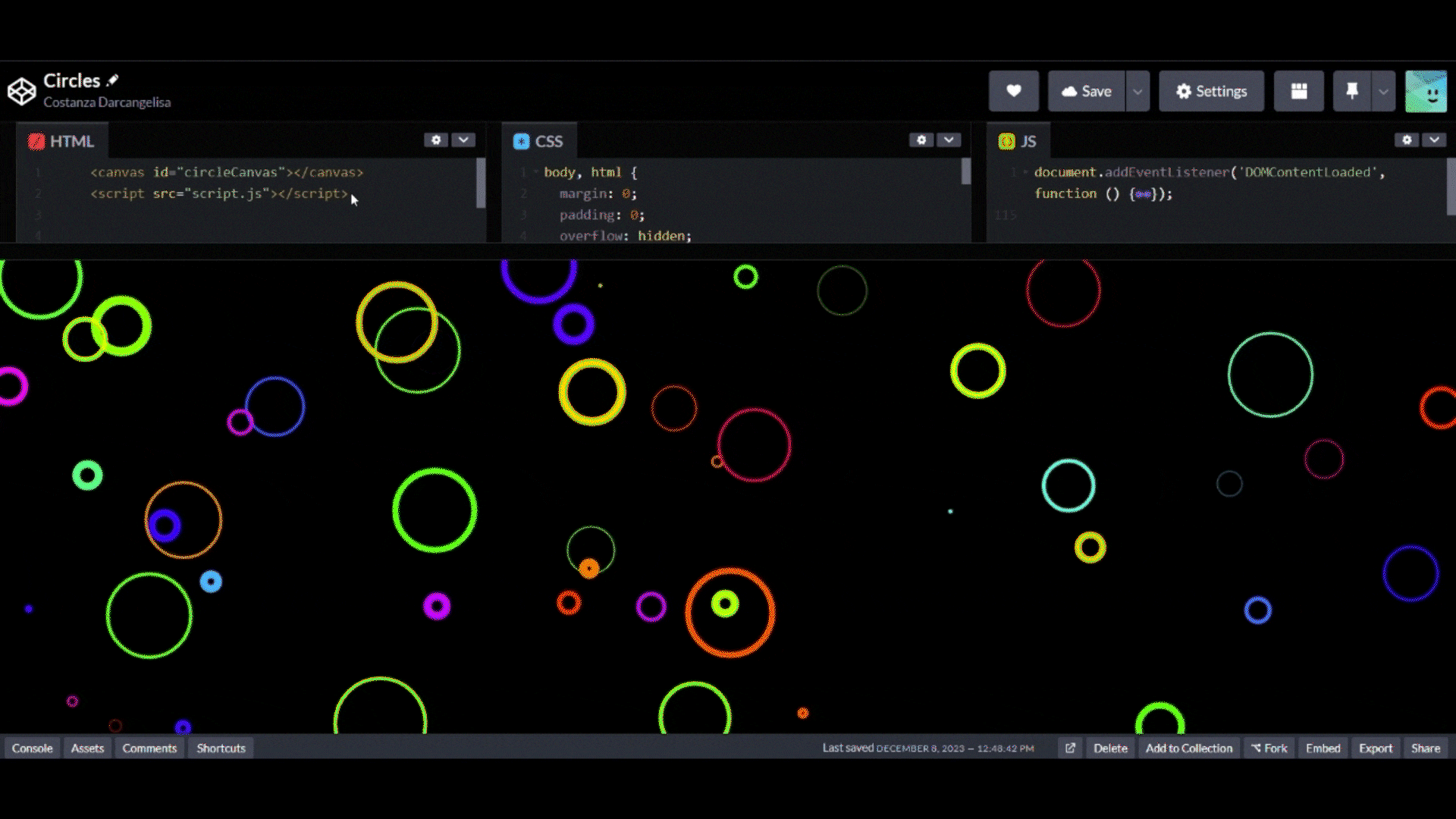

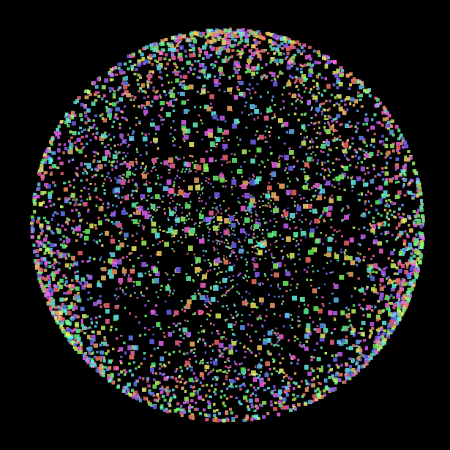

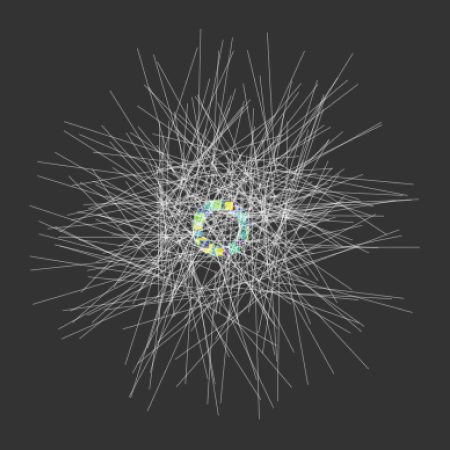
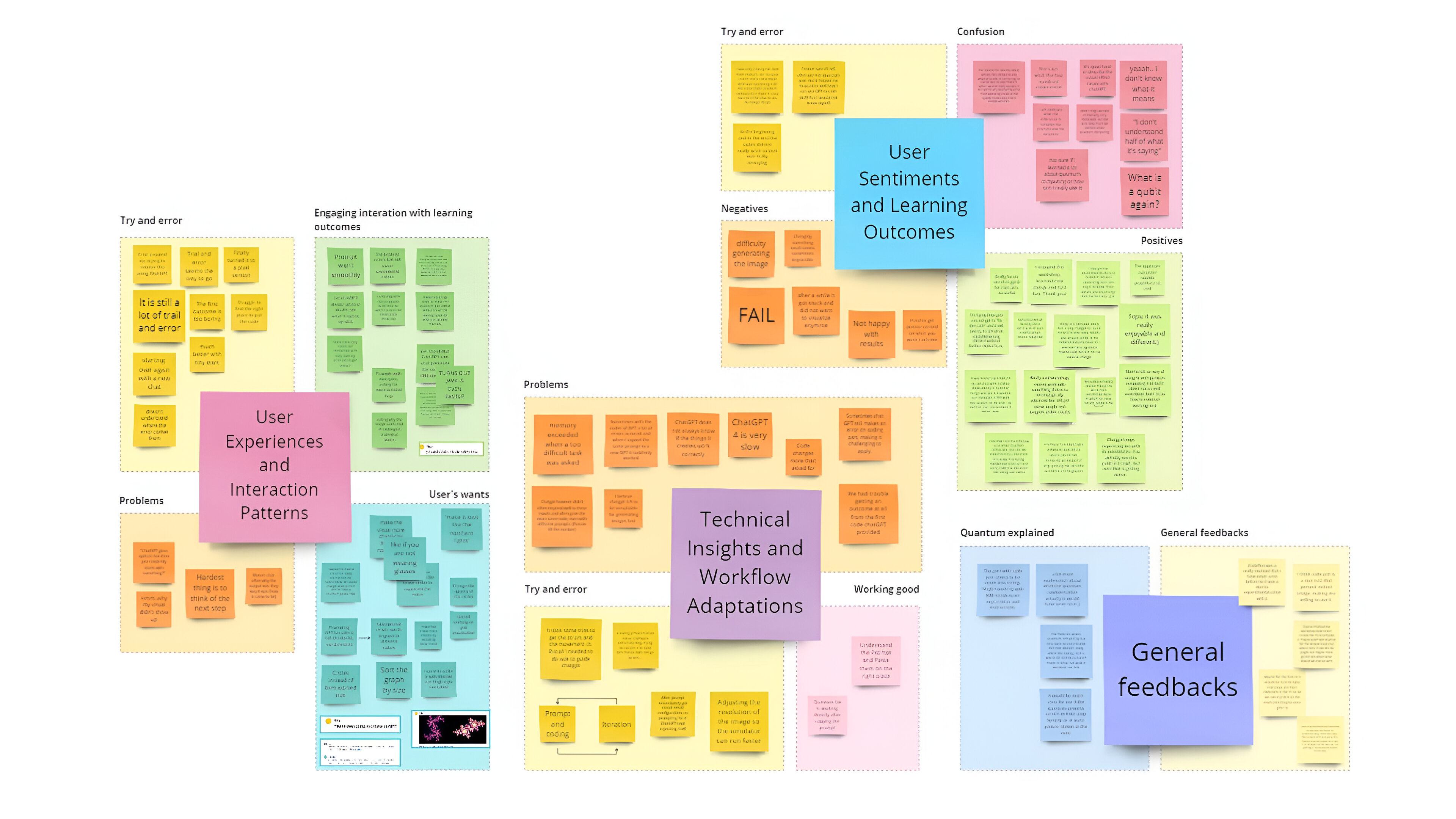
All data gathered during the thesis were collected and clustered using a co-creative approach.
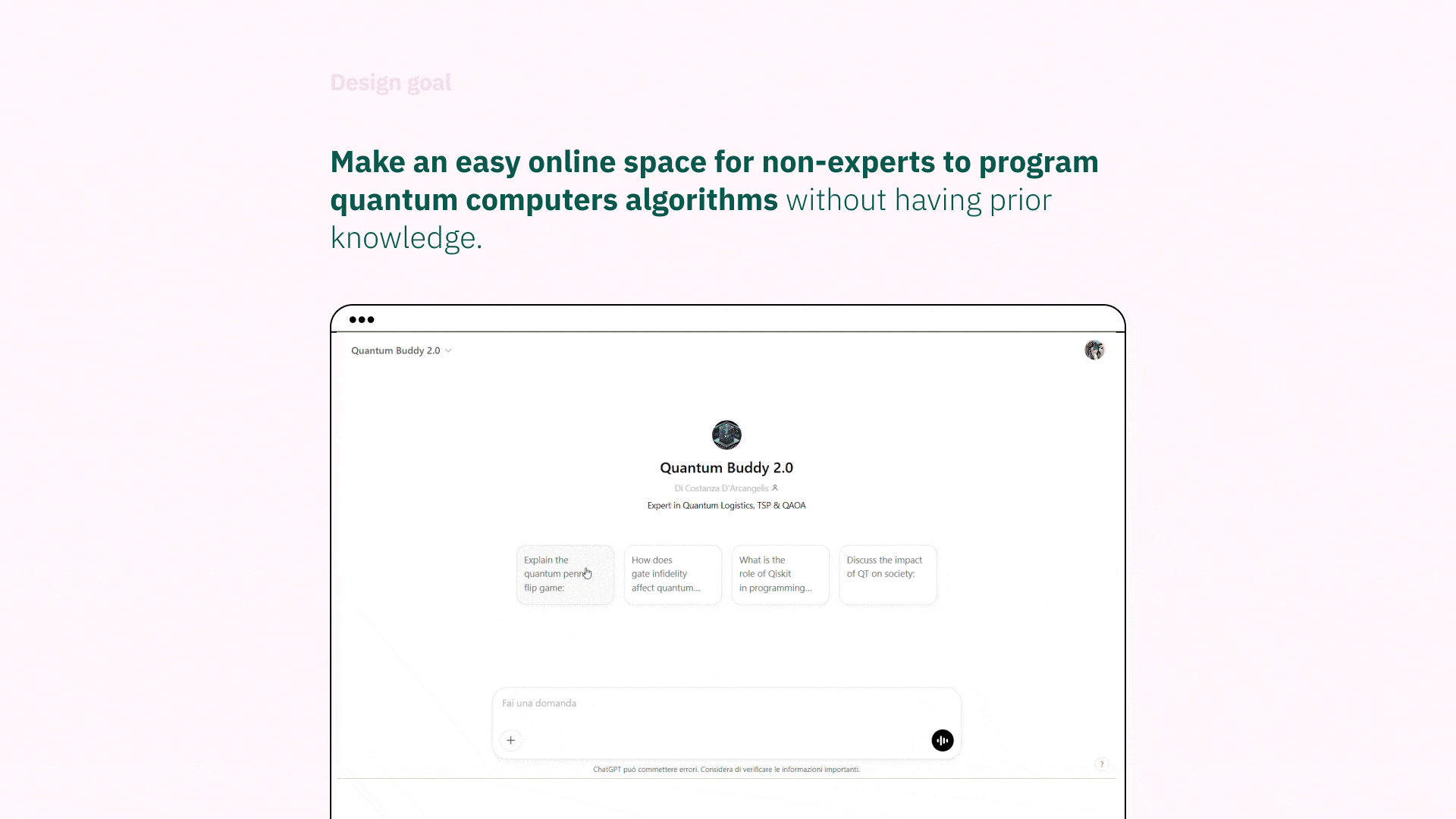
The final design goal led to the exploration of the then-new custom GPT, resulting in a tailored GPT for quantum computing. Testers, including quantum computing experts, found the approach ideal but emphasized the need for continuous updates, especially due to the evolving nature of Qiskit and IBM’s quantum computing developments.
